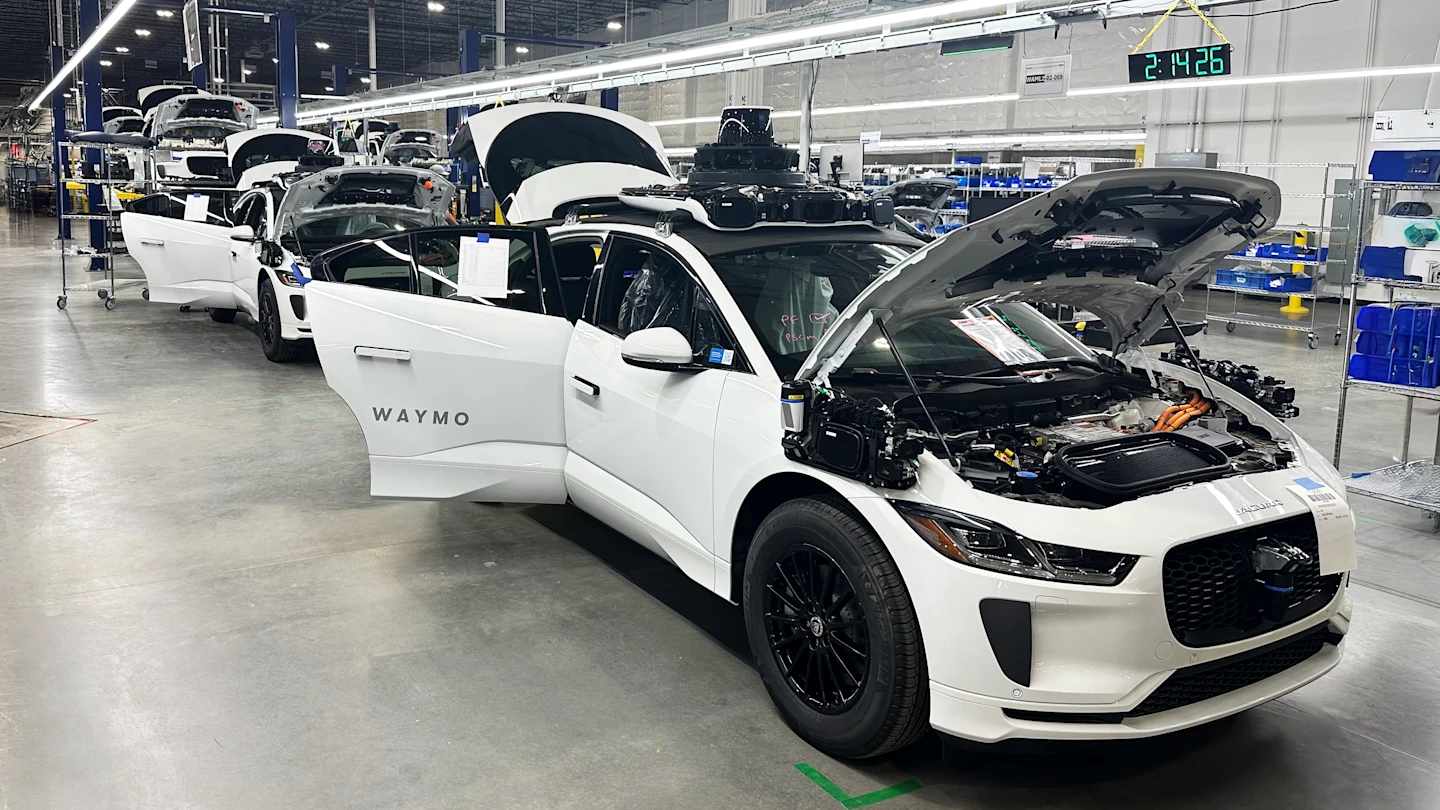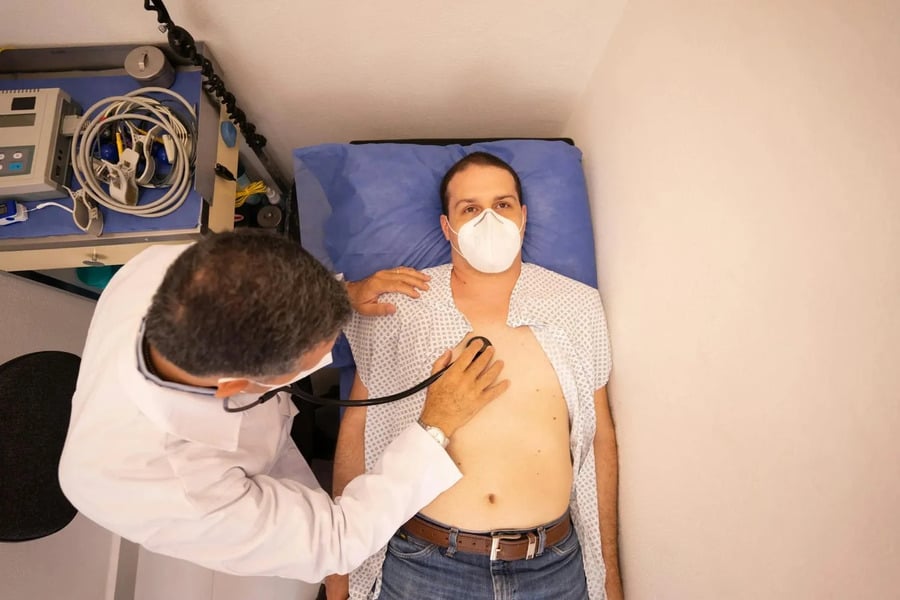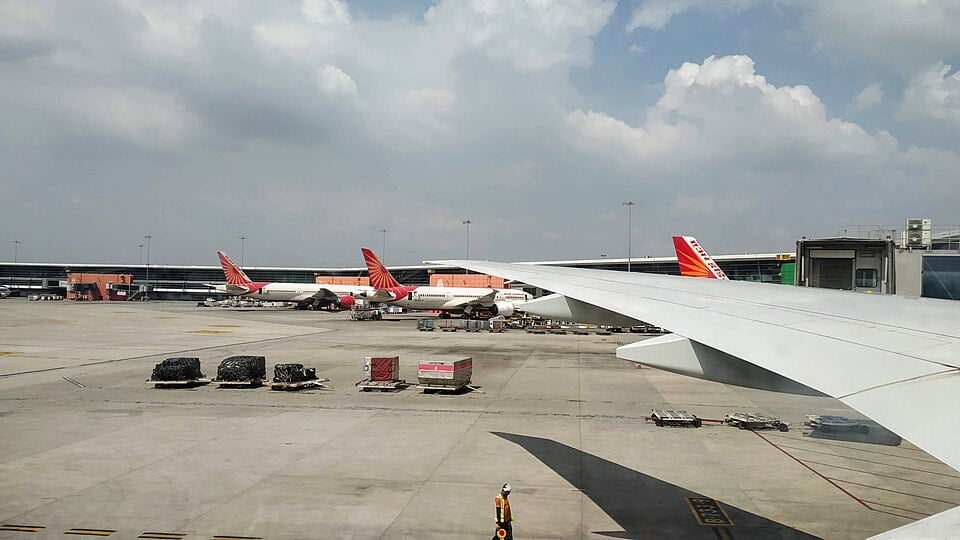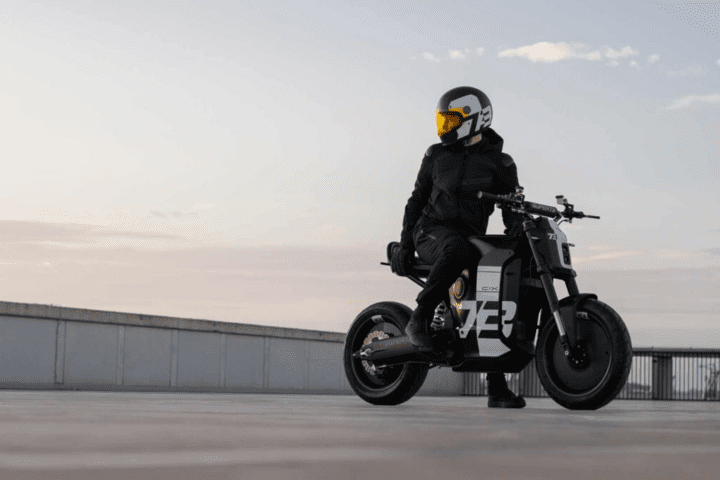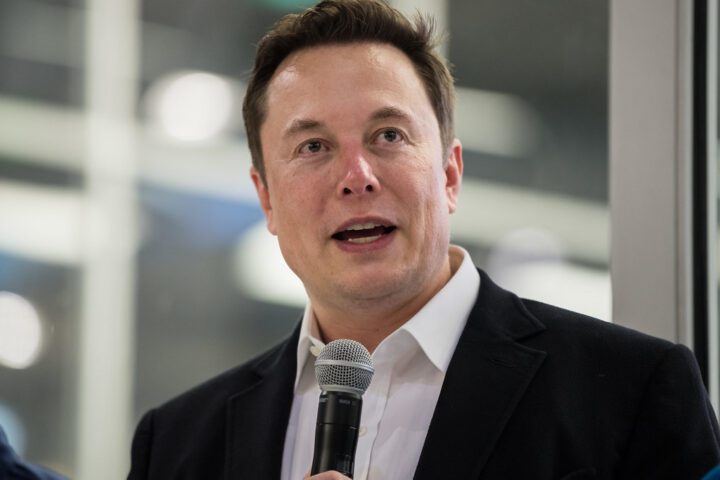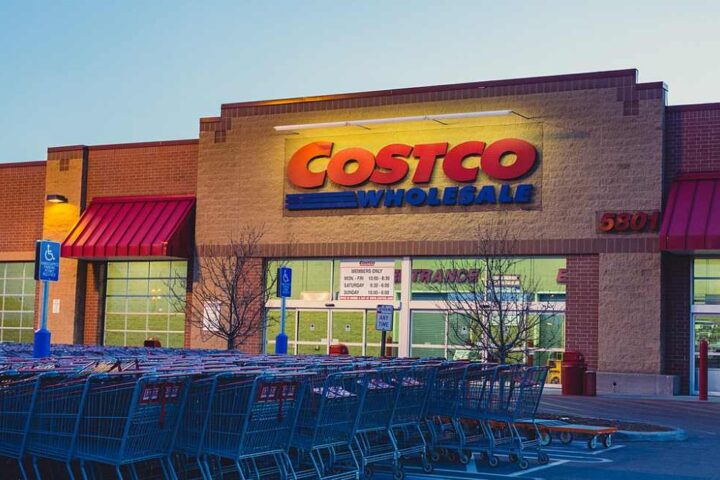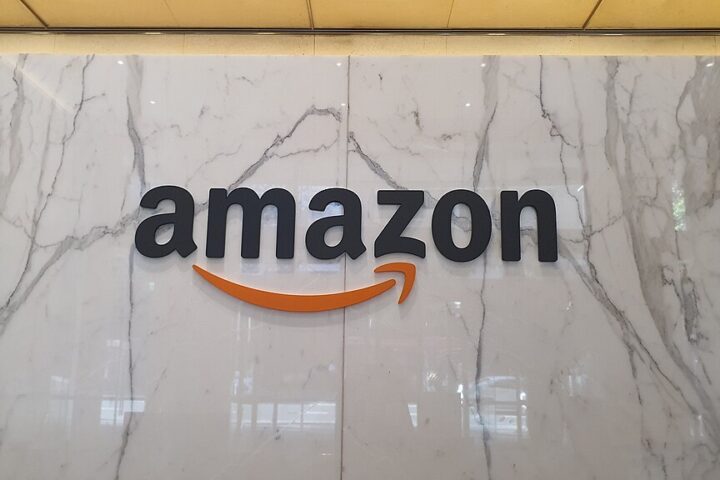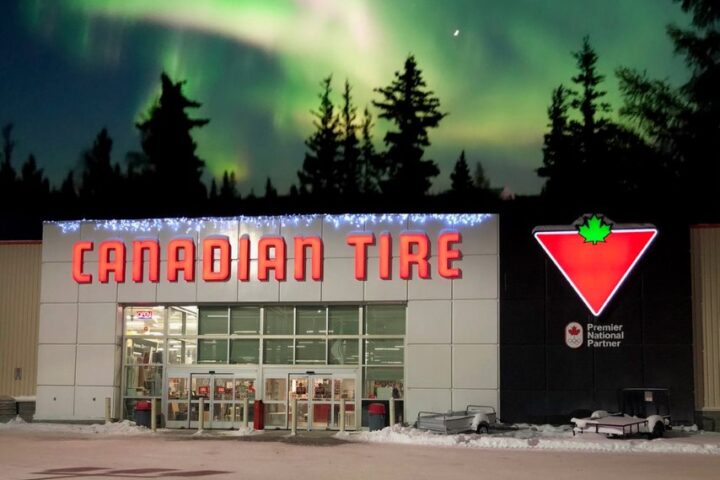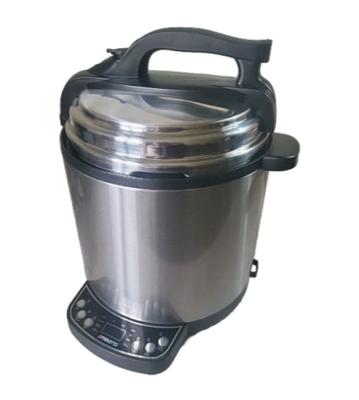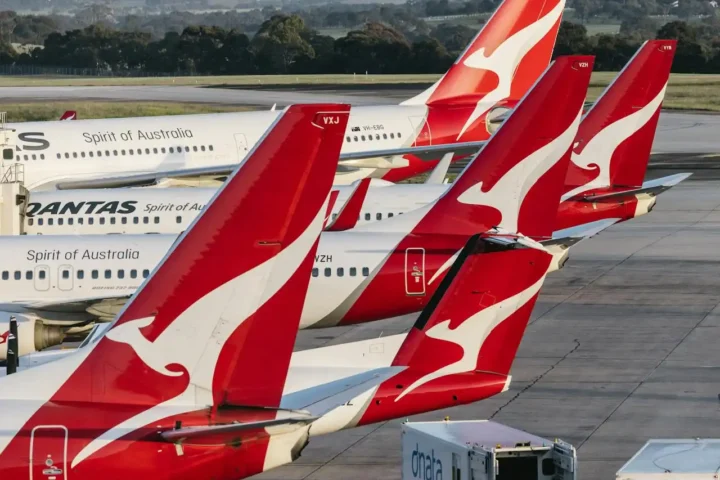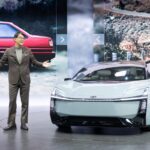In a pivotal manufacturing expansion, Waymo has opened a 239,000-square-foot production facility in Mesa, Arizona, partnering with automotive supplier Magna International to scale its autonomous ride-hailing service. This factory marks a crucial step in Waymo’s strategy to meet growing demand and expand beyond its current markets.
Factory Details and Production Goals
The “Waymo Driver Integration Plant” represents a multi-million dollar investment that has created hundreds of jobs in the Phoenix metropolitan area. The facility aims to retrofit over 2,000 Jaguar I-PACE electric SUVs with Waymo’s autonomous driving system and build an additional 2,000 vehicles through 2026.
“The Waymo Driver integration plant in Mesa is the epicenter of our future growth plans,” said Ryan McNamara, Vice President of Operations at Waymo. “With our partners at Magna, we’ve opened a manufacturing site that enables the cost efficiency, flexibility, and capacity to scale our fleet to new heights.”
Kent Yiu, Waymo’s head of vehicle manufacturing, who previously worked at Apple and General Motors, told Forbes: “We looked at our five-year projection and said, ‘Okay, to meet that, this facility will certainly need to be capable of doing tens of thousands per year.'”
When fully operational, the plant will produce “tens of thousands of fully autonomous Waymo vehicles per year,” according to company statements, supporting its expansion into new markets.
Inside the Manufacturing Process
Unlike traditional auto plants with conveyor belts and metal stamping, Waymo’s facility features a more controlled, methodical assembly process. Raw vehicles arrive with precut sections where sensors will be installed.
Amanda York, the factory’s program manager with previous experience at Johnson Controls and Boeing, explained: “Every vehicle comes in with those cutouts done in advance, and with a mounting plate on the top. Those are elements that help us streamline and improve our process and the efficiency on the production line.”
Workers manually remove covers, bumpers, and other exterior components to install electrical wiring, computers, and sensors at each corner of the vehicle. They also add Waymo’s distinctive “top hat” unit housing the main lidar for 3D vision, cameras, and audio sensors.
The current production target is about six vehicles per shift, with plans to increase output.
Fleet Expansion and Market Growth
Currently, Waymo operates approximately 1,500 robotaxis, providing over 250,000 paid trips weekly across Phoenix, San Francisco, Los Angeles, and Austin. The company plans to launch in Atlanta this summer (2025), and in Miami and Washington, D.C., by 2026.
If scaled to 10,000 vehicles, the fleet could potentially provide 250,000 rides daily, over 1.5 million weekly—potentially increasing annual revenue from an estimated $100 million to $2 billion, according to Forbes calculations (Waymo declined to comment on these figures).
A key efficiency improvement: vehicles designated for the Phoenix fleet can drive themselves directly from the factory into service, picking up their first passengers within 30 minutes of leaving the production line.
Vehicle Portfolio and Supply Challenges
While the Jaguar I-PACE (priced at about $72,000) serves as Waymo’s current platform, the company is diversifying its vehicle lineup. Over 2,000 white I-PACEs await conversion behind the factory, even though Jaguar discontinued the model last year.
Waymo will soon add the Zeekr RT, an electric van from China’s Geely Group, and plans to incorporate Hyundai’s Ioniq 5 electric hatchback produced at Hyundai’s new Georgia plant.
However, tariff issues complicate the Zeekr plans. The U.S. raised tariffs on Chinese electric vehicles to 100% under President Biden and to 145% under President Trump, making direct imports cost-prohibitive. Waymo hasn’t detailed how it will address these challenges beyond confirming it will continue testing the Zeekr vehicles in the U.S.
Technology and Competition
Waymo designs its technology in-house, including lidar, radar, cameras, and computing systems, manufactured through Alphabet’s supplier network. The company plans to implement its sixth-generation hardware later this year, which it claims will be “dramatically cheaper” than current versions.
This approach contrasts with competitors like Tesla, which eschews expensive lidar and radar for simpler camera systems. Waymo believes its more robust vision system better ensures rider safety.
“We’ve been laser-focused and will continue to be on building the world’s best driver,” said Alphabet CEO Sundar Pichai during the company’s April 24 earnings call. “I think doing that well really gives you a variety of optionality and business models across geographies.”

Arizona’s Technology Hub Status
Arizona Governor Katie Hobbs emphasized the state’s growing tech sector: “The new Waymo and Magna manufacturing facility in Mesa is the latest example of Arizona being the new home for technology to innovate and grow. I’m proud to see autonomous vehicles on our streets daily, helping get people where they need to be safely. The new manufacturing facility will enhance this presence, and the local jobs it’s creating will help Arizona’s tech economy continue to rise on the world stage.”
After 16 years of development and billions in investment, Waymo’s expanded manufacturing capacity represents a critical milestone in the company’s transition from a long-term research project to a functioning business with commercial scale.
